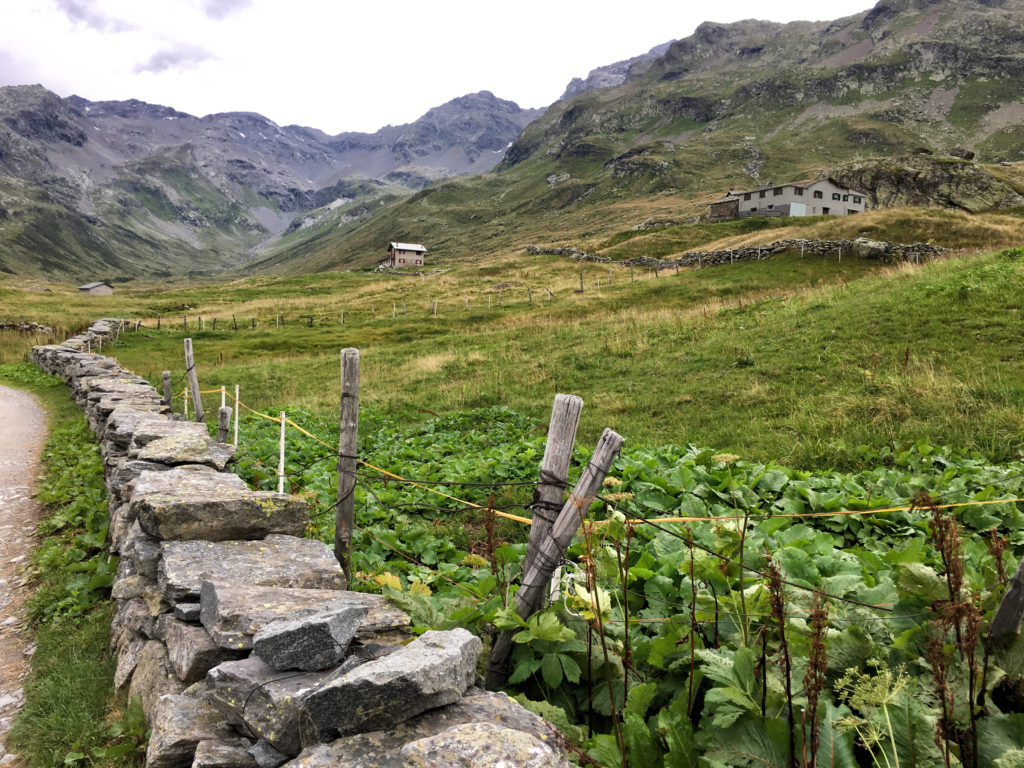
Landscapes in Europe are dynamic and have changed during the course of history. Landscapes as we see them today are in many cases the direct result of a long history of traditional land-use regimes. Over centuries, humans have cultivated the land and used the natural resources that the land provide. However, ways of cultivating land in agriculture and forestry are changing and often, traditional and sustainable land-use practices are no longer maintained. This means that cultural landscapes are threatened and become more and more fragmented. They are altered or disappear altogether.
As an example, the Mediterranean Basin is characterized by a high plant and animal diversity. One of the reasons for this high biodiversity is the integration of natural ecosystems and traditional human activities which characterise Mediterranean landscapes. The high biodiversity is the reason why the Mediterranean Basin is considered one of the global hotspots of biodiversity. Scientific evidence shows that the main threats to traditional Mediterranean landscapes are rural abandonment, the spread of invasive species which poses a high risk to native biodiversity, and the intensification of fire regimes associated with climate change.
What is true for the Mediterranean Basin can also be said for other regions in Europe, where traditionally managed cultural landscape have been lost. This loss can be the direct result of an intensive agriculture and an increased pressure on land in particular in lowland areas. This loss can also be the result of a decrease of human management interference and land abandonment, in particular in remote, mountainous areas. Such land which is abandoned will eventually be re-forested naturally.
Both processes, agricultural intensification and land abandonment, lead to a reduction in cultural value, to a reduction of biodiversity and to a loss of ecosystem functions at local, national and global scales. They have got negative consequences for the plant- and wildlife, which over centuries have adapted to certain management regimes.